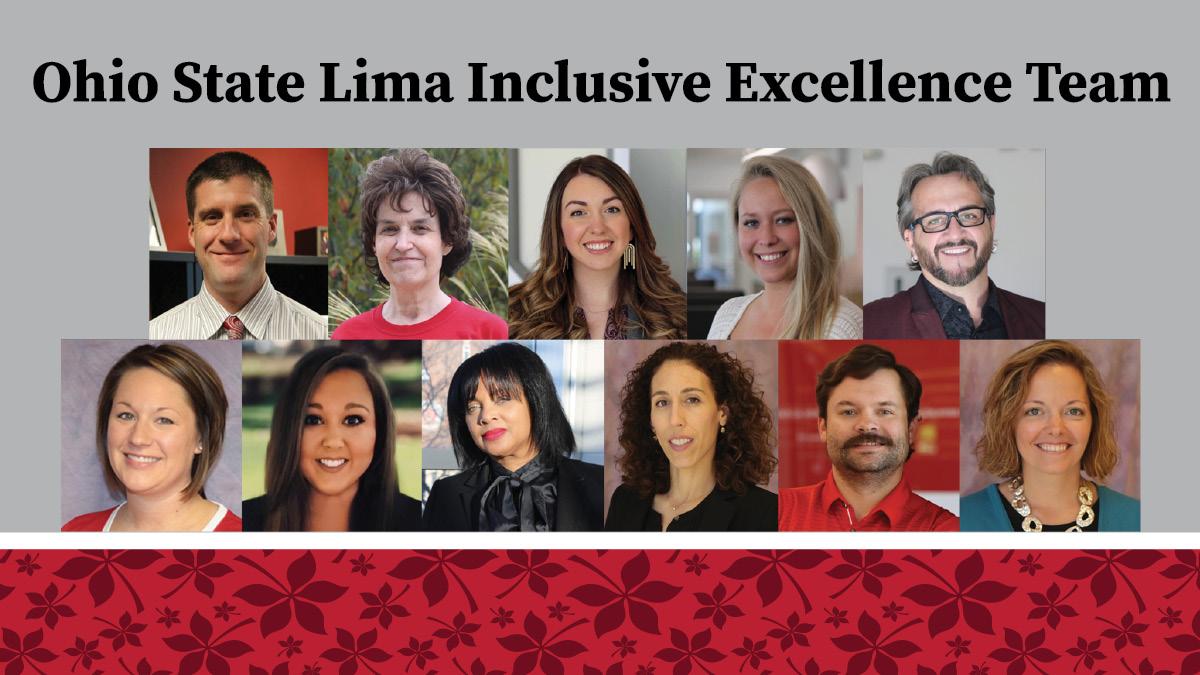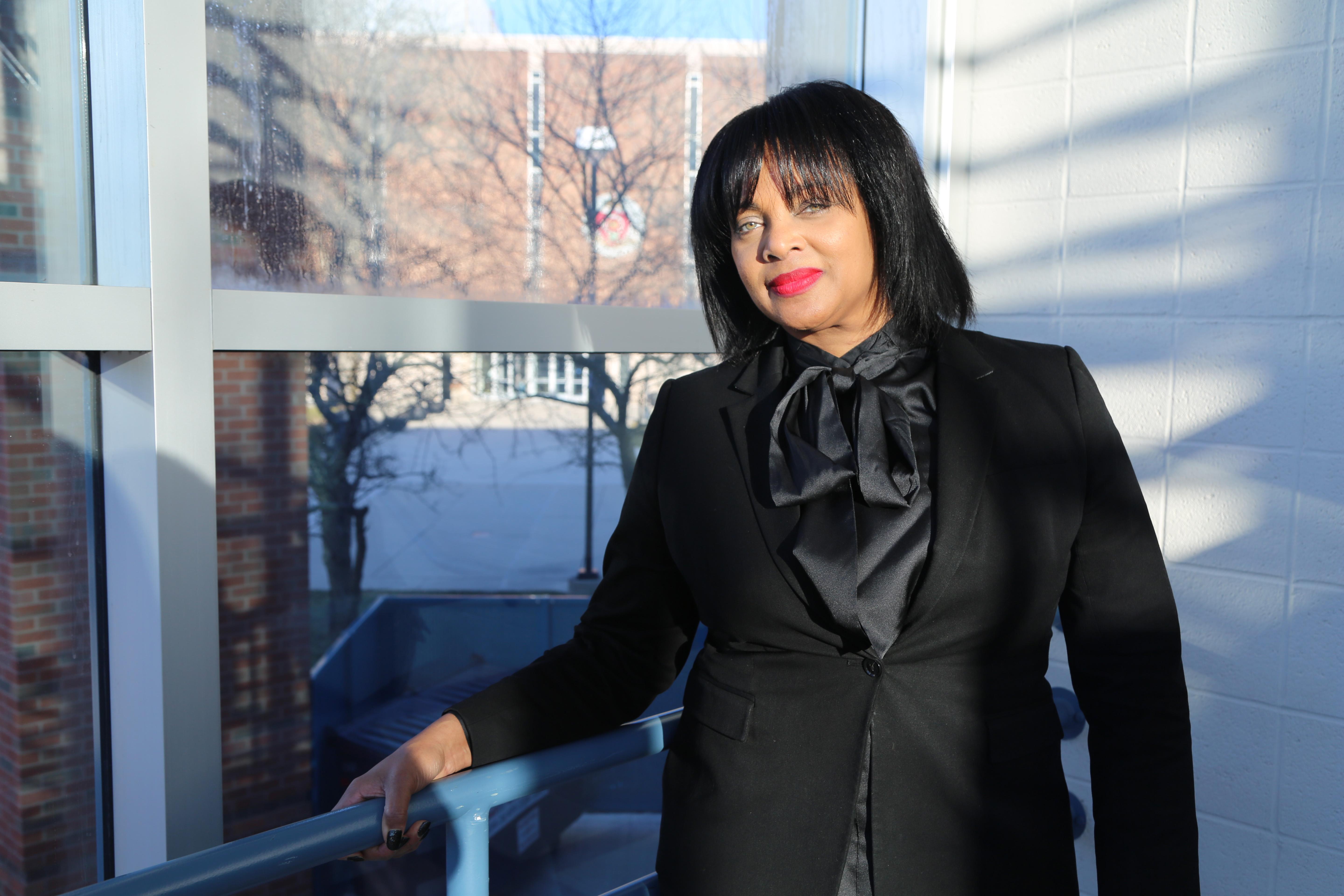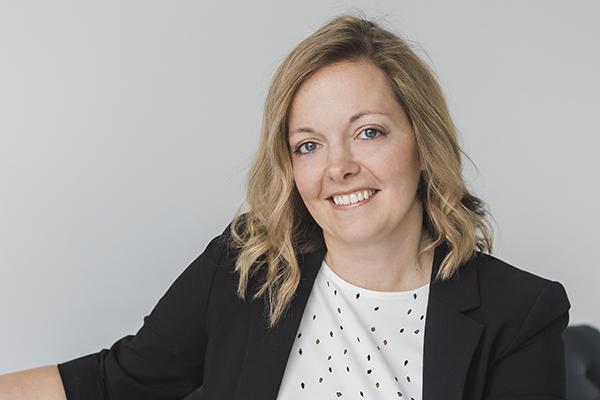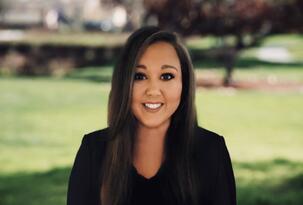The Ohio State Lima team has successfully completed the inaugural Inclusive Excellence Team Certificate program.
“I am happy that Ohio State Lima was one of the units and departments that participated in the program, and that we had so many employees eager to join,” said Temple Patton, Lima’s diversity and inclusion manager who helped lead the group at the local level. “The process was a great way to showcase our commitment to inclusive excellence and Ohio State’s shared values initiative.”
The Inclusive Excellence Team Certificate program is designed to be completed working together as a group and gives the team a chance to apply the principles learned to the everyday work of the university. The Lima team was one of 10 chosen from across the campuses to participate in the pilot year of the certificate program.
The 9-month process included monthly meetings of the whole cohort of volunteers. Each group also met for interactive workshops with the facilitators and individually to work on the capstone projects. Having the time to think about, talk about and build a specific project was one of the highlights.
“The certificate program afforded us the dedicated time each month to move a shared initiative forward,” said program participant and interim dean Dr. Margaret Young. “We had a structure that allocated time for each of us to think about how we currently provide meaningful educational experiences while looking at how we can be better advocates for inclusivity and belonging on our campus. That in and of itself was valuable.”
Because the Lima campus already has things like hiring best practices and diversity statements in place, the certificate group was able to take it to the next level, in this case developing programming that reflects our shared values of access to education for all the students of Ohio.
The Lima capstone project centered around bringing together community members to mentor under-represented minority students in their first year at the university that would grow to include peer-to-peer mentoring as students moved through the program. While the project to did not immediately receive funding from the grant the group submitted to, the campus now has the framework in place to implement parts of the program and/or to submit for grant funding.
“Without the grant funds, this was in some ways an exercise in figuring out a problem, addressing it and finding a solution,” Young said. Whether or not we're able to actually implement this particular project in its current form, it at least opens up the door to thinking about how do we support the students who are most at risk, and how do we find ways of involving community members and reaching out to future students to show them that we are a welcoming place, we are a place where you can belong, we are Ohio State.”
Program participants didn’t just work with peers from their immediate work group. Advancement’s Lesley Fry was part of an advancement group that pulled from multiple areas and the Lima group was pulled from departments across the campus.
“This program was a real learning moment, a real learning opportunity. And what was nice with that is similarly to working with a diverse group of individuals on our own campus, we got to have these conversations and these learning opportunities with people from other units across campus,” said Laura Katterheinrich, Lima’s marketing director. “It was neat to hear about different experiences.”
Young, Katterheinrich and Patton are excited about finding ways to use what they have learned to build on the strengths of the campus. The capstone project was a good exercise in learning how to pull together resources from across the campus and the community to build a program that will help students so they are also looking for ways to implement it, in whole or in part.



